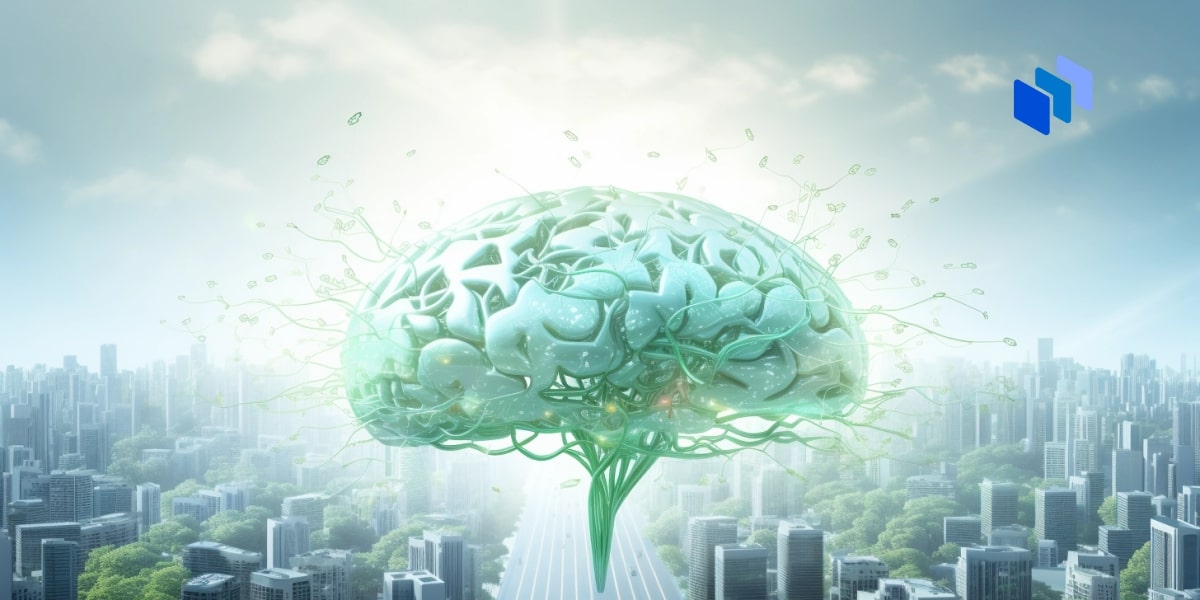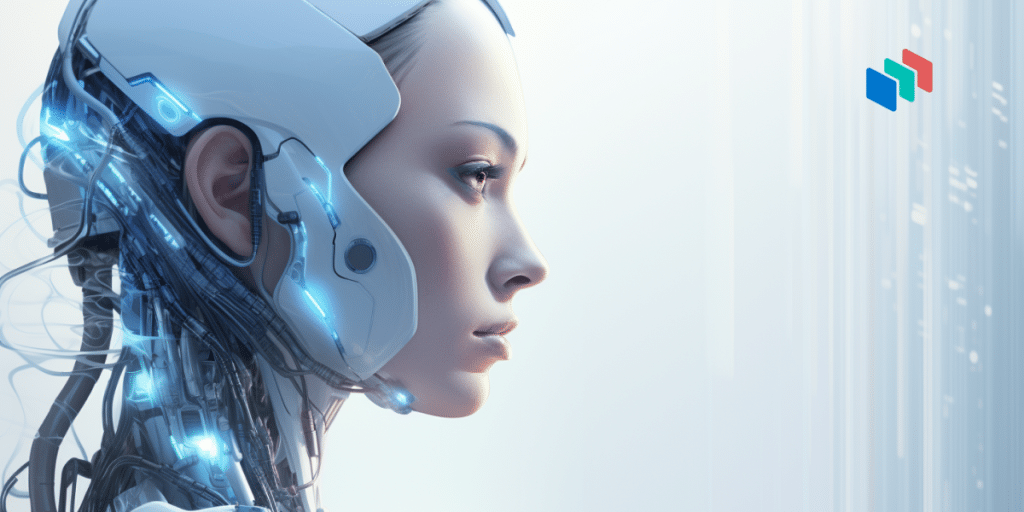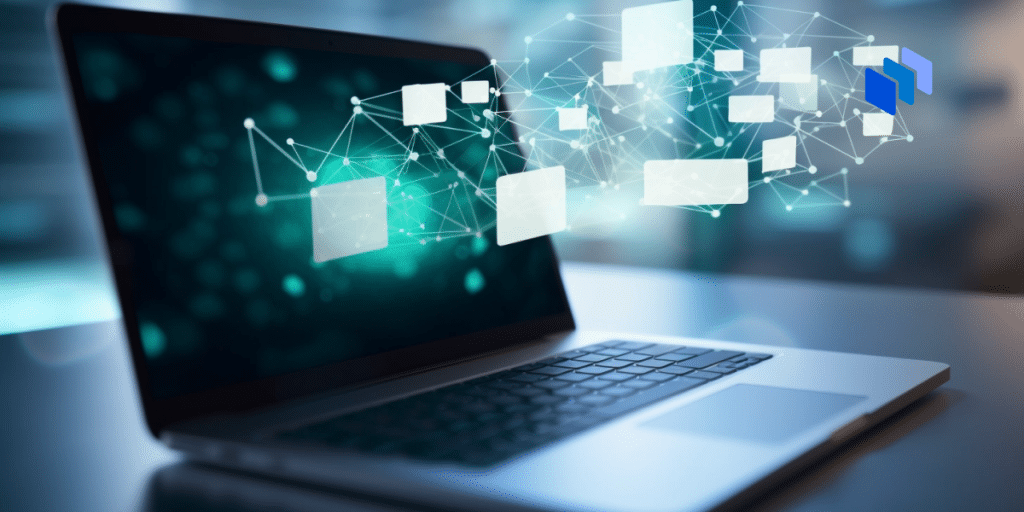Artificial intelligence (AI) is most commonly touted as a means to predict the future. What word should go next in this sentence? What will consumers be buying next spring? How can this code be made better?
But increasingly, the technology is also being used to delve into the past, often by identifying patterns and relationships that have remained hidden through the years. And this is already producing some surprising results.
Interpreting Historical Data Through AI
Understanding history is essentially an effort to understand and interpreting data. Part of the reason there are so many historical perspectives is that there are different ways to parse available information, which itself is often incomplete and lacks context. AI can help clarify the past in ways that human researchers cannot. For one thing, it can ingest and analyze data at far greater speed and scale than even an army of historians can achieve, and it can do so without the biases and preconceived notions that influence human perception.
Perhaps one of the most novel applications that AI brings to the study of history is the ability to ascertain data that would otherwise be lost forever. A student at the University of Nebraska recently developed an algorithm that was able to detect letters within a rolled-up papyrus scroll that had been carbonized by the volcanic eruption that destroyed Pompeii in 79 A.D.Hundreds of scrolls were buried in ash that day, and all attempts to unfurl them have caused irreparable damage.
The system works by first taking CT scans of the document to discern the minute changes between the papyrus and the dried ink that forms symbols and letters. This often resulted in fragmentary images, however, particularly on older scrolls where the ink was made from charcoal and water, the same carbon-based material as the papyrus. The algorithm essentially determines the letter or symbol based on the detectable fragments, giving research new insight into what is essentially a “hidden library” of ancient works.
An AI Journey Through Time
AI can also unveil the quieter side of history – not the great leaders or key battles or even the broad trends that have shaped our civilization, but the lives led by the common people: what they ate, how they made things, what guided their behaviors. A recent article in Technology Review highlighted a project called the Venice Time Machine, which is aimed at reconstructing the city’s past by running thousands of digitized records through machine learning and deep learning algorithms.
Many of the records have never been examined by historians, but by finding the connections between people and their activities via high-speed intelligent analysis, the hope is that a picture of ancient Venetian life will emerge.
Some critics question the validity of this exercise, however, given that any kind of analysis requires certain assumptions in order to reach a conclusion. AI, after all, is only as good as its training and the data it receives. So, questions will likely remain as to whether the data itself is enough to accurately recreate the past and that biases and preconceived notions of historians haven’t made their way into the algorithms. At best, AI can identify connections between two data points, but it cannot determine if the connection is meaningful.
Even the more recent past can become more clarified with a dose of AI. Often, major historical events tend to overshadow the lesser-known but still highly relevant happenings taking place at a particular time.
A case in point was the outbreak of World War I, which dominated headlines in the latter half of the 1910s and has had an outsized influence on how civilization evolved to this day. But according to researcher Melissa Dell at Harvard University, a deep learning analysis of U.S. news flows throughout the War to End All Wars showed that while it was the lead story in 1915, 1917, and 1918, another event outweighed it 1916: the pursuit of Pancho Villa’s paramilitary force after it attacked portions of the newly created state of New Mexico.
To arrive at this conclusion, Dell’s model didn’t simply count words or phrases but less tangible identifiers like the size and placement of headlines, captions, and the like. It also clustered stories together to provide context for ongoing events. And it ignored advertisements. Ultimately, her team created the American Stories dataset of over one billion articles, which can now be used to reveal hidden elements of historical events, social/cultural development, and changes to language, tone, outlook, and a host of other factors.
Living History
Another way AI can aid in the study and appreciation of history is by bringing to life the great influencers of the past. Artist Hidreley Diao has taken a step in this direction by training AI to create photo-realistic images of historical figures based on paintings, sculptures, and other renderings from contemporary or posthumous sources.
Although subjective, the process offers a glimpse of what Egyptian pharaohs, military leaders, and kings and queens might look like if they were alive today. The next step is to apply image manipulation, natural language processing (NLP), and other forms of AI to turn the photos into visual avatars that can guide students through educational programs.
The Bottom Line
These ongoing studies show new ways to unlock the past and deliver us insights from way-back-when.
However, although it is tempting to think that AI will finally bring a definitive interpretation of history to the forefront, this would be a mistake. By its nature, history is an evolving discipline, with each generation applying its own understanding of the past in order to define the present.
AI can help with this process, but it should not be allowed to take it over.









